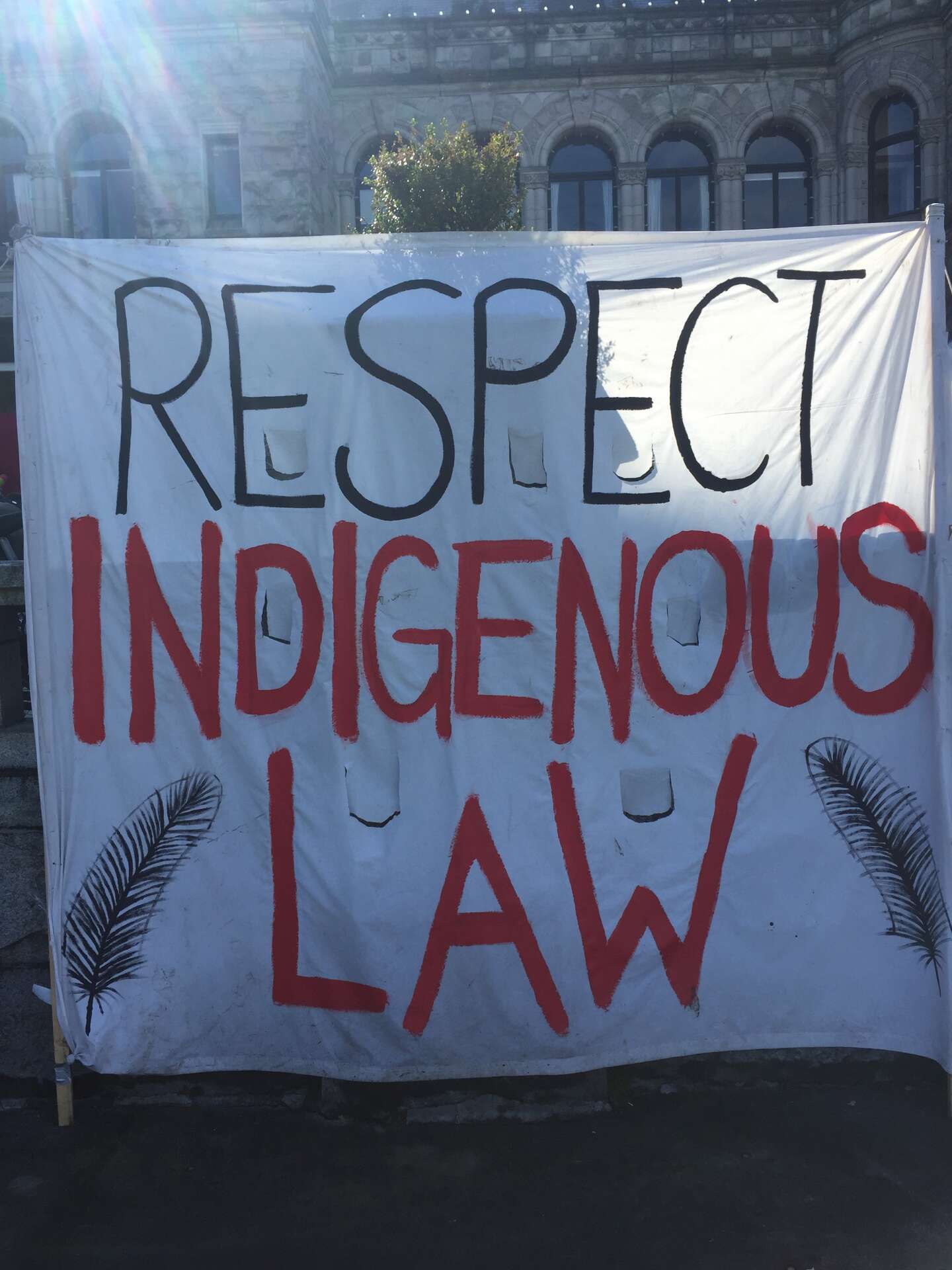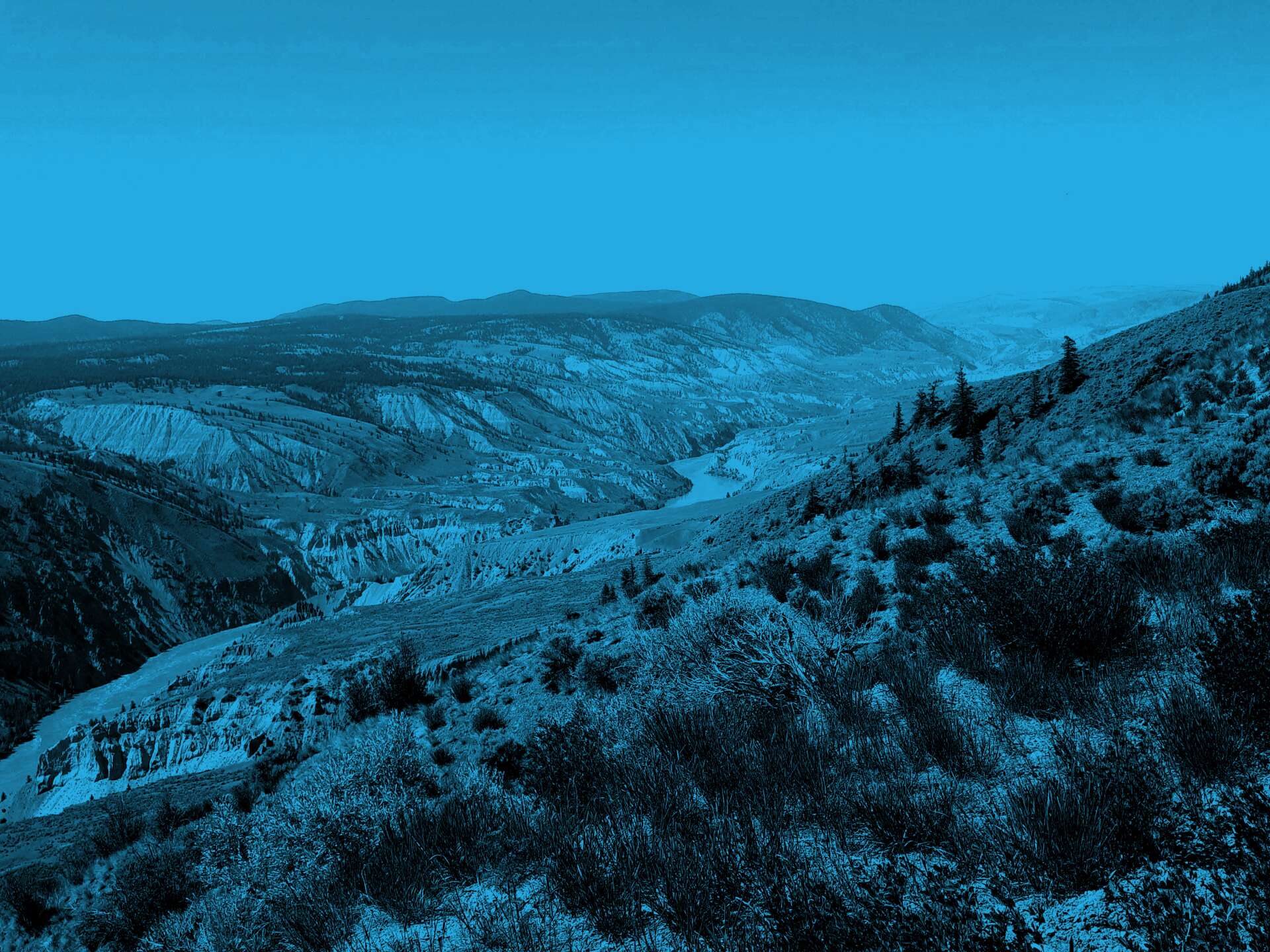Indigenous Laws refer to laws or ways of being rooted in inherent and generational Indigenous teachings and connections to land, place, spirit, and each other. In my own community of Kwantlen First Nation, with traditional villages on both sides of the now urbanized lower Fraser River east of Vancouver in British Columbia, I was taught that there is no direct translation in our language for the English word “law”. The closest word we have is šxʷtəʔes which best translates as “the way it is”.
I was told that our laws are a part of conducting ourselves in a good way in accordance with our values. Our laws were not written. Rather, they were taught and observed through being and doing things in community. They were passed down through generations embedded in culture and traditions, and understood as simply the way things worked, or the way it is, always with the consciousness of connection to our broader world view. In my community, our law to take only what we needed from our precious sacred river was a law of conservation and sustainability that ensured the salmon and other resources harvested from it could replenish and maintain balance for the seasons, our relatives up and downriver, other species and future generations.

Weaving the Connected Threads of Indigenous Laws
Indigenous laws rest on many connected threads for support and sustenance. These include sacred cultural connections to our lands, resources and associated relationships and responsibilities. Indigenous laws connect past to future and strengthen cultural continuity, growth and evolution. They form the foundation for program development and new initiatives, including Indigenous regulatory frameworks and sustainability planning tools. As many Indigenous people reflect on the complex impacts of colonial harm and trauma faced by past and current generations, the revitalization of our laws is true resilience.
The Struggle of Enforceability
From an Indigenous lens, Indigenous laws are laws.
From the lens of federal, territorial and provincial governments, Indigenous laws remain largely unenforceable unless they are situated within a recognizable framework under the common law. Often, these frameworks come with strict parameters that overtly or subtly subjugate Indigenous laws and further support the Crown’s assertion of sovereignty. This approach is rooted in the racist Doctrine of Discovery which Canada continues to rely on to justify its control over Indigenous peoples, their lands and resources.

Making Space with Creativity and Hope
Over the last decade, there have been meaningful initiatives to make space for Indigenous laws within or alongside Crown jurisdiction. For example, in 2015, the Squamish Nation enacted its own consent-based environmental assessment process, with legally binding terms and enforceable remedies for the breach of conditions attached to its project approval. This was done outside of the B.C. Environmental Assessment Act through a voluntary negotiated agreement with the Nation, the proponent and the provincial government.
In B.C., the Declaration on the Rights of Indigenous Peoples Act (DRIPA) was passed in late 2019 to establish the United Nations Declaration on the Rights of Indigenous Peoples as the Province’s foundation for reconciliation. In early 2022, the province released the DRIPA Action Plan listing 89 priority actions to advance this work into 2027. Later in the summer of 2022, the Tahltan Central Government and British Columbia entered into the first consent-based agreement under DRIPA related to the environmental assessment of a mining revitalization project within their territory. This is exciting and hopeful momentum forward; however, the true recognition and acceptance of First Nation processes and laws remains the exception.
Pushing Forward
Indigenous law making continues in varied contemporary contexts. As Indigenous governments re-build and regain jurisdiction from colonialist policies and laws that prohibited and denied their existence, Indigenous laws offer an important and necessary contribution for our collective future.
Governments in Canada have publicly committed to initiatives, including UNDRIP, which ostensibly support the revitalization of Indigenous laws. In practice, however, governments continue to demonstrate hesitance, selectivity and reluctance when it comes to recognizing and respecting Indigenous law-making authority.
Despite these challenges, Indigenous governments continue to push for meaningful recognition of Indigenous laws. Court challenges and victories by Indigenous governments can lead to shifts forward by federal and provincial governments, but these shifts are much too slow. The challenge for us all, as citizens, neighbours and family, is to also support this shift – through building trust, learning, understanding and carrying respect in a way that honours and recognizes the important place of Indigenous laws for our collective well-being and future.
Tumia Knott is a lawyer with First Peoples Law, with a practice focus in Indigenous law and self-determination initiatives.
First Peoples Law LLP is a law firm dedicated to defending and advancing the rights of Indigenous Peoples. We work exclusively with Indigenous Peoples to defend their inherent and constitutionally protected title, rights and Treaty rights, uphold their Indigenous laws and governance and ensure economic prosperity for their current and future generations.
For more First Peoples Law analysis, visit our blog
Sign up for our First Peoples Law Report
